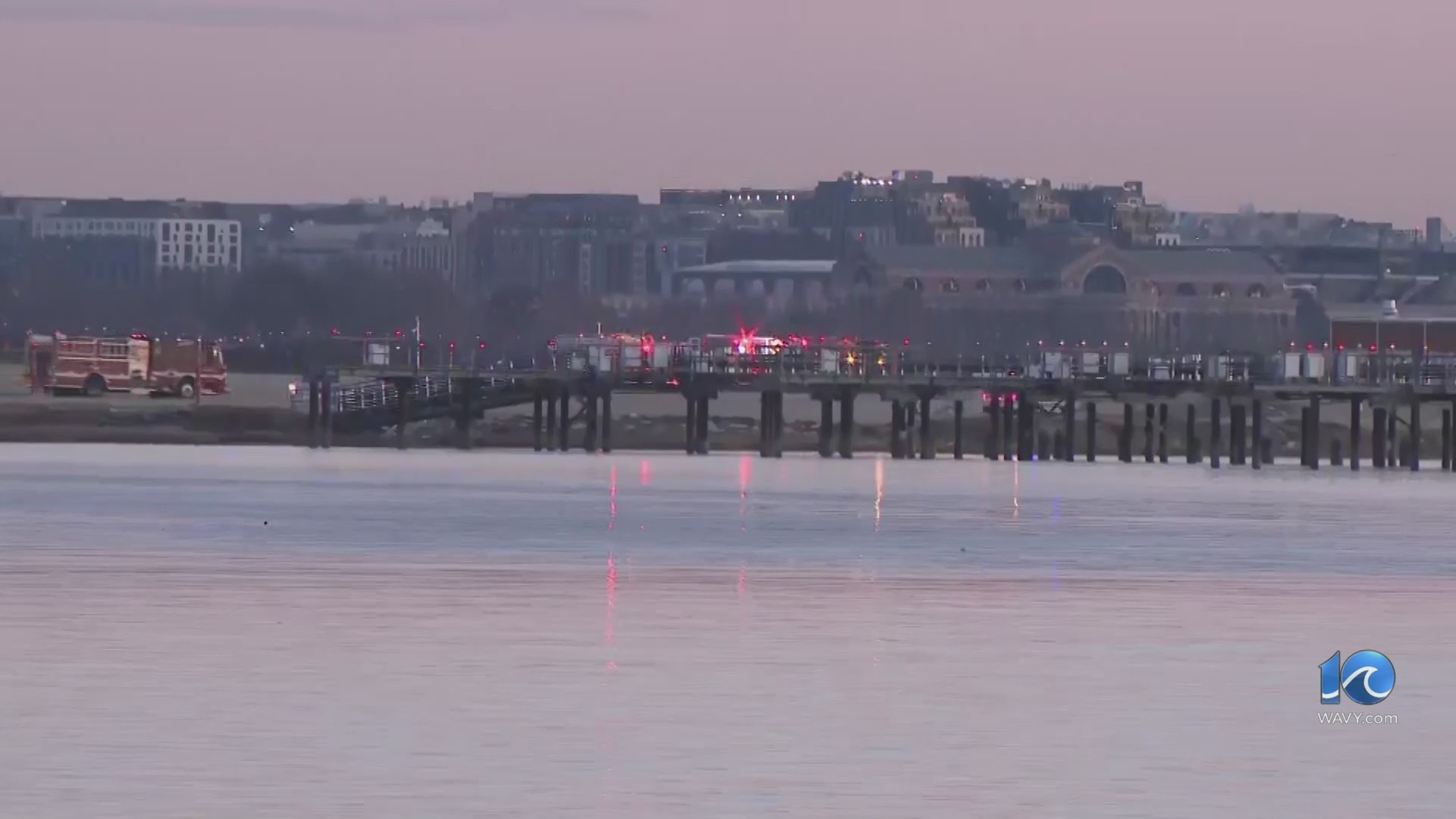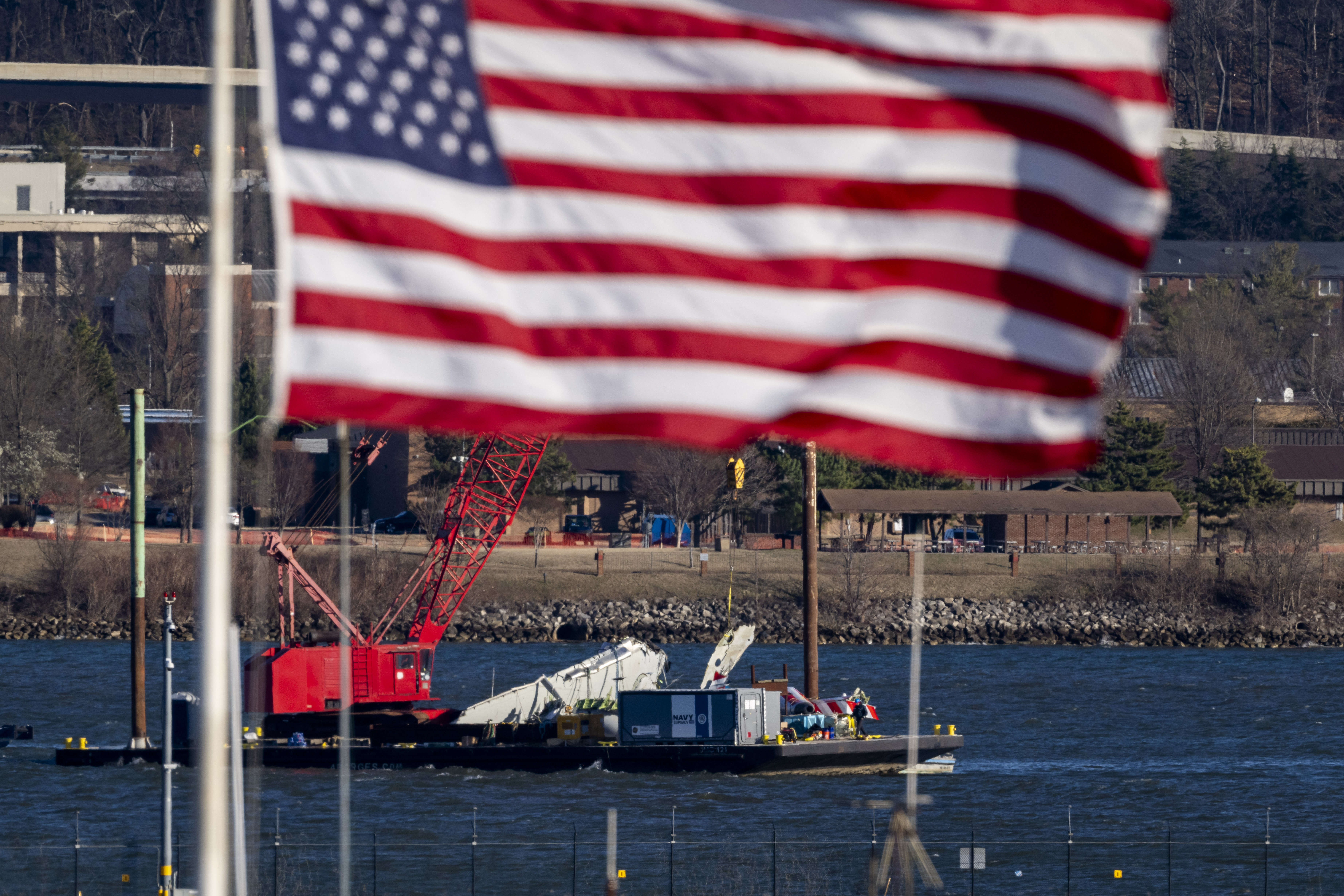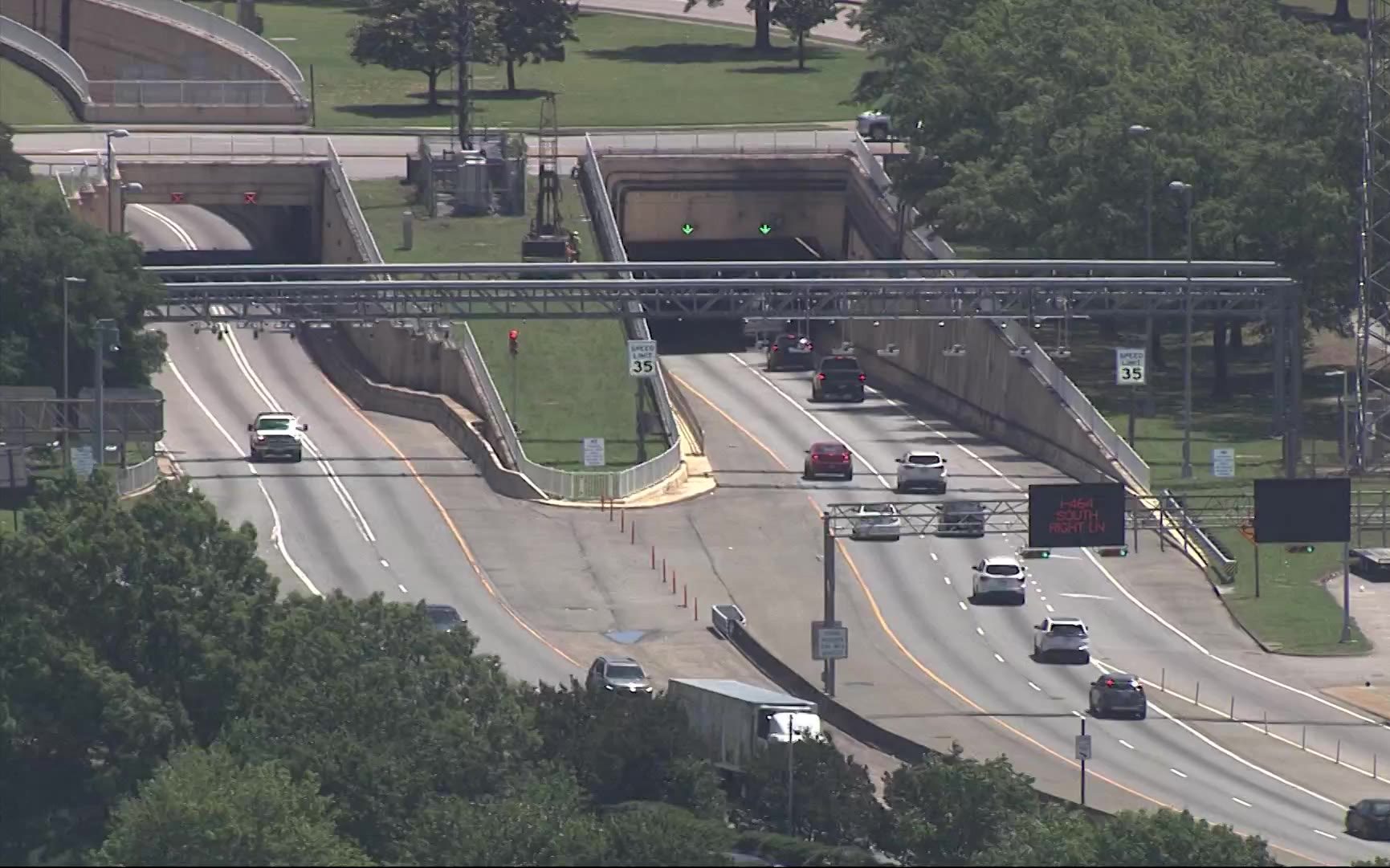WASHINGTON, D.C. (WAVY) — The Department of Veterans Affairs announced on Monday that they are on track to reduce its staff by almost 30,000 by the end of fiscal year 2025.
According to a release from the VA, the reduction — brought on mostly through early retirements, deferred resignations, normal attrition and the federal hiring freeze — will ultimately eliminate the need for a large-scale reduction-in-force (RIF).
The release states that between Jan. 1, 2025 and June 1, 2025, nearly 17,000 employees left. Officials expect that around 12,000 additional employees will leave from now and Sept. 30, for an expected total of around 30,000 employees exiting by the end of FY2025.
Despite the large-scale staff reduction, officials with the VA stated several safeguards in place will work to ensure that Veteran care and benefits will not be impacted.
“Since March, we’ve been conducting a holistic review of the department centered on reducing bureaucracy and improving services to Veterans,” VA Secretary Doug Collins said. “As a result of our efforts, VA is headed in the right direction — both in terms of staff levels and customer service. A department-wide RIF is off the table, but that doesn’t mean we are done improving VA. Our review has resulted in a host of new ideas for better serving Veterans that we will continue to pursue.”
Ricky Mulligan, president and founder of the Hampton-based organization Veterans Care Project says he’s in favor of these cuts as long as it results in a more streamlined process for Veterans to receive the care they need.
“I think it’s not a bad thing,” said Mulligan. “I think the more they can trim down unnecessary expenses, the better it is for the patients at the VA’s nationwide.”
Other Veteran organization leaders however are more opposed such as Jose Vasquez, executive director of the Veteran-led grassroots organization Common Defense.
“30,000 jobs too many at an agency that has been historically understaffed and undervalued,” said Vasquez. “Cuts to 30,000 jobs means more veterans like me, who rely on the VA to get lifesaving medical care, won’t be able to receive it.”
Mulligan says he understands why some are worried about the cuts but says he thinks they’ll free up resources to address other needs in the VA.
“They’ve gotta cut down on the wait times, the call back times. By cutting non-essentials, you clear out time for more nurses, more intake workers, more counseling for guys with PTSD,” said Mulligan. “Mental health is important for the veterans. That’s what I’m thinking, hoping that this will yield.”
Some of the additional reforms being considered to improve VA efficiency include centralizing the Veterans Benefits Administration, National Cemetery Administration, and VA call centers and consolidating payrolls for all employees under the VA Time and Attendance System, according to the release.
For more information on staff reductions within the VA, click here.
Continue to check WAVY.com for updates.






